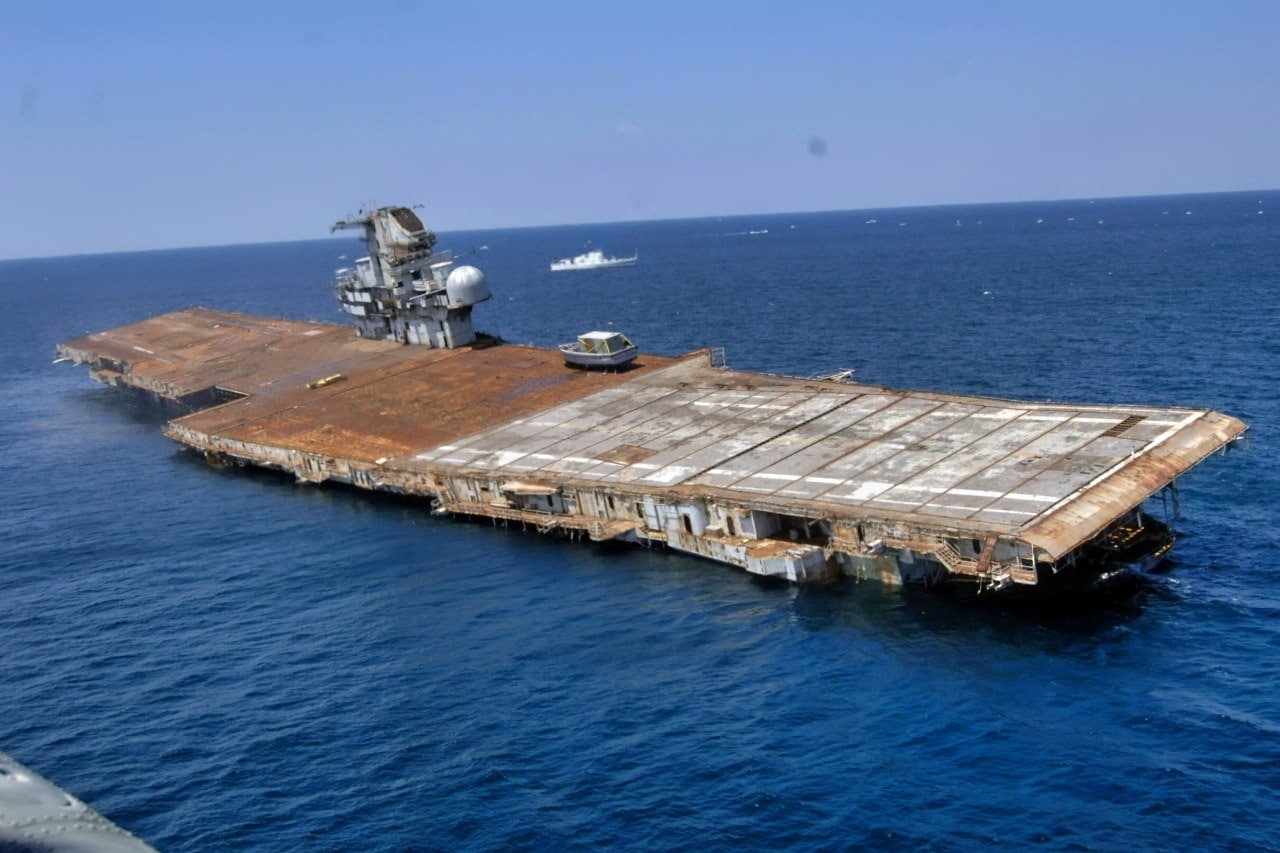Rubis-Class: The French Sub That Sank A U.S. Aircraft Carrier
The Rubis-class submarines were constructed by the French Naval Group (formerly DCNS) and are known for their compact yet robust design. The submarines have a displacement of approximately 2,400 tons when surfaced and 2,600 tons when submerged.
Measuring 73.6 meters in length and 7.6 meters in beam, they are smaller than many of their contemporaries but deliver significant capabilities in both littoral and open-sea environments.
As France’s first nuclear attack subs, one of the defining features of the Rubis-class is their nuclear propulsion system, powered by the K48 pressurized water reactor. This reactor provides the submarines with virtually unlimited range and allows them to operate submerged for extended periods without refueling.
The propulsion system includes two turbo-alternators and one electric motor, enabling the submarines to achieve speeds exceeding 25 knots while submerged.
The Rubis-class submarines are equipped with advanced sonar suites, including the DMUX 20 active/passive sonar, ETBF DSUV 62C towed array passive sonar, and DSUV 22 passive cylindrical array sonar with active transducer. These systems allow the submarines to detect and track submarines, surface vessels, and other maritime threats effectively.
Additionally, the submarines are armed with F17 torpedoes and SM39 Exocet missiles, providing them with the capability to engage both underwater and surface targets.
The French “Carrier Killers”
The Rubis-class submarines have been a cornerstone of the French Navy’s underwater fleet since the first vessel, Rubis (S601), entered service in 1983. The class originally comprised six boats: Rubis (S601), Saphir (S602), Casabianca (S603), Émeraude (S604), Améthyste (S605), and Perle (S606).
These submarines were primarily designed for anti-submarine warfare, intelligence gathering, and power projection missions.
In the late 1980s, the Rubis-class was proposed to Canada as part of their plan to acquire nuclear-powered submarines. Although the purchase was ultimately abandoned, the proposal highlighted the international recognition of the Rubis-class’ capabilities.
The initial design of the Rubis-class submarines faced challenges with unexpectedly high noise levels. To address this issue, the Améthyste silencing program was implemented, which included upgrades to the sonar, reshaping of the hull form and bow, and additional electronics enhancements.
The fifth and sixth hulls, Améthyste and Perle, were built to this improved standard, and the first four boats were subsequently refitted to match these upgrades.
In 2015, the United States and France participated in joint exercises. In one exercise, a French Rubis-class, the sub was able to slip past the USS Theodore Roosevelt’s (a Nimitz-Class aircraft carrier) defenses, and simulated an attack against the carrier and “sunk” it.
Although it was just an exercise, the event showcased the subs capabilities even against sophisticated American systems.
Strong but Growing Old
The Rubis-class submarines are gradually being phased out and replaced by the new generation of nuclear-powered attack submarines, the Suffren-class. The lead boat of the Suffren-class, Suffren, entered operational service in June 2022.
As of now, four of the six Rubis-class submarines—Saphir, Rubis, Casabianca, and Émeraude—have been decommissioned between 2019 and 2024.
The submarine Perle, however, remains operational after undergoing extensive repairs following a fire in June 2020. The fire caused significant damage to the forward section of the hull, necessitating an unprecedented repair operation.
The damaged section was cut off and replaced with the forward section of another decommissioned Rubis-class submarine, Saphir. This unique repair process allowed Perle to resume its operational status and continue serving the French Navy.
Impact and Legacy of the Rubis-Class
The Rubis-class submarines have had a profound impact on the French Navy’s capabilities and strategic operations. Their compact design and advanced sonar systems have made them highly effective in both littoral and open-sea environments.
The nuclear propulsion system has provided the French Navy with a reliable and versatile platform for extended underwater missions.
Despite their gradual replacement by the Suffren-class, the Rubis-class submarines have left a lasting legacy. They have demonstrated the importance of innovation and adaptability in naval design, particularly in addressing challenges such as noise reduction and sonar enhancements.
The successful implementation of the Améthyste program is a testament to the French Navy’s commitment to maintaining a robust and capable underwater fleet.
The Rubis-class submarines have been a cornerstone of French naval power for over four decades. Their compact design, advanced sonar systems, and nuclear propulsion have made them highly effective in modern naval warfare.
As they are gradually phased out and replaced by the Suffren-class, the legacy of the Rubis-class submarines will continue to influence the future of naval design and operations. Their impact on the French Navy’s capabilities and strategic operations underscores the importance of innovation and adaptability in maintaining a formidable underwater fleet.
About the Author: Isaac Seitz
Isaac Seitz, a 19FortyFive Defense Columnist, graduated from Patrick Henry College’s Strategic Intelligence and National Security program. He has also studied Russian at Middlebury Language Schools and has worked as an intelligence Analyst in the private sector.

